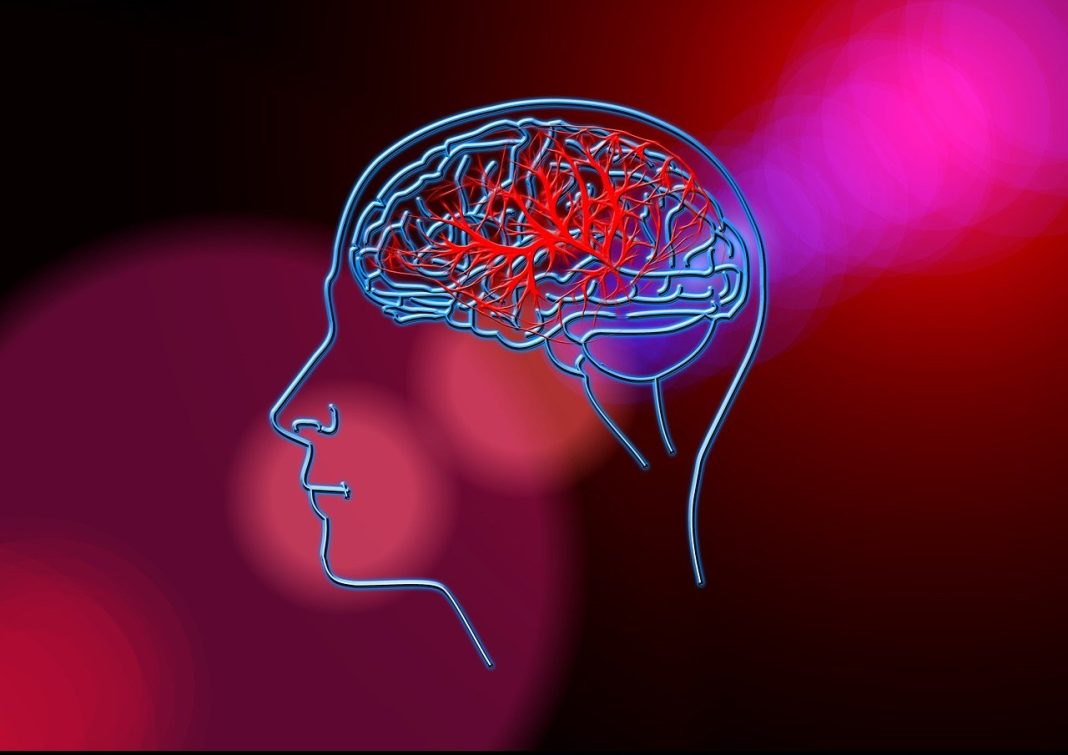Stroke typically strike older people, but it’s not always the scenario- a stroke’s onset would be sudden and can occur in young people. Stroke typically occurs, when a segment of the brain’s blood supply is abruptly cut off or when a blood vessel in the brain bursts, leaking blood into the gaps around brain cells.
Hemorrhagic stroke, which is usually caused by a blood vessel rupture, and ischemic stroke, which is caused by a blockage, are the two main forms of stroke. Although strokes are typically associated with older age groups, adults in their 20s, 30s, and 40s are not too young to experience a stroke. In Bangladesh, the incidence of stroke among young people (typically under 40) has significantly increased. In fact, more and more people who are older than middle age are also experiencing strokes in the last 10 to 12 years. The National Institutes of Health (NIH) in the U.S. reports that 7 to 15 out of every 1,00,000 young people now experience strokes every year worldwide. (1) The long-term effects of stroke on young people in Bangladesh is alarming as they have a serious impact on the national economy due to productive years lost as well as poor quality of life. (2) Many people under the age of 40 have excessive blood pressure or diabetes. We used to believe that age was a factor. But as you can see, stroke has no age anymore. A lot of people have had strokes in the past 25 to 30 years. He also explained the causes of stroke in young people; the most common are atheresclerosis, congenital heart diseases, trauma, migraine, drug abuse, OCP, coagulative disorders like sickle cell disorder, rheumatic valvular heart diseases, moyamoya diseases, puerperium etc. (3) A poor diet, which includes consuming too much sugar, salt, cigarettes, and alcohol, as well as inactivity, obesity, and inherited factors that induce hypertension, are the leading causes of stroke in young people.
A CT scan is immediately required. After examining the patient’s health, the expert doctor will recommend more tests for stroke. A stroke can be treated with IV thrombolysis in four and a half hours and mechanical thrombectomy in 12 hours. After that, patients are treated with medicine and physical therapy. Early thrombolysis and thrombectomy help the patient return to normal life. Therefore, the patient should be taken to the closest hospital or neurologist if they show symptoms of stroke.
Confirmation of stroke in young people is sometimes difficult due to the myth of “stroke for old people,” and as a result, treatment is delayed, wasting valuable time for thrombolysis and thrombectomy. However, brain damage can be considerably reduced if the patient is transported to the hospital within the first hour. The Golden Hour is the name of this period.
Patients may first notice that one half of their body weakens, such as the left arm or right leg, or that one half of their body has fallen asleep when describing the common signs and symptoms of stroke. They may also notice that they are unable to walk. A feeling of numbness on one side of the body is a sign of a stroke. Face twitching, slurred speech, mouth deviation, double vision, or impaired vision, fainting, acting strangely, or losing their equilibrium are also some of the signs of stroke.
The good news is that better lifestyle changes and modern technology can prevent up to 80% of strokes. Maintaining a healthy diet and weight is one of the most crucial things you can do to lower your risk of stroke. A lower risk of cardiovascular disease is linked to eating a well-balanced diet that is fresh, unprocessed, and low in salt. (4) Maintaining a healthy lifestyle can help one lower their risk of developing high blood pressure, type-2 diabetes, and high cholesterol, which are common risk factors for stroke.



 For all latest articles, follow on Google News
For all latest articles, follow on Google News